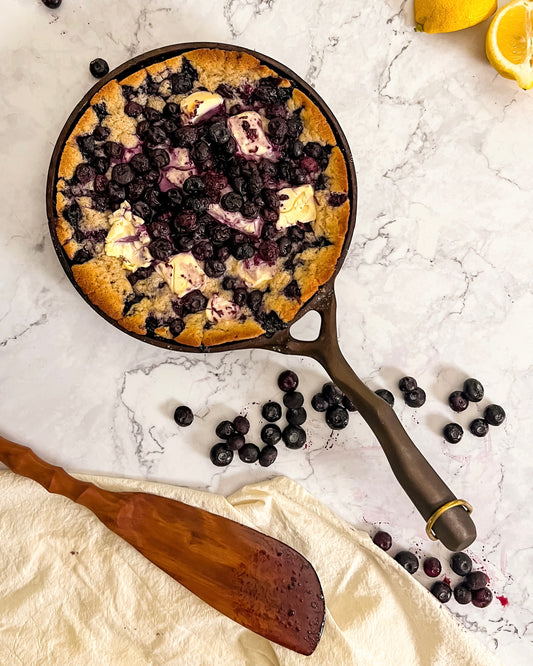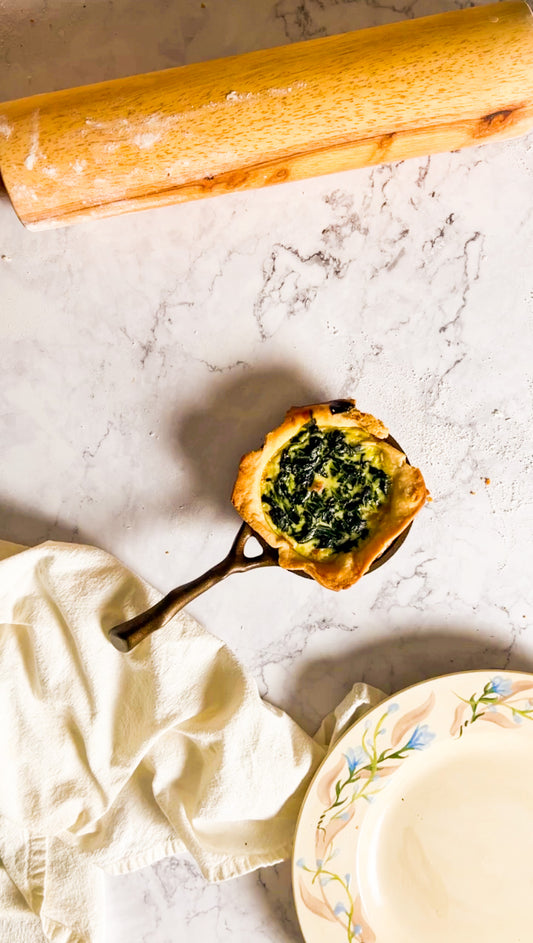What are Food Dyes?
You may have seen these colorful additives listed on ingredient labels before, such as Red 40, Blue 1, and Yellow 5. These are food dyes defined in this study as "complex organic chemicals that were originally derived from coal tar, but now are made from petroleum. Industrial food producers use synthetic dyes because they are cheaper, more stable, and brighter than most natural colorings." However, there's growing concern that they may not be so great for our health.
The use of artificial dyes in food products has been a common practice since the late 1800s. It started with natural dyes like beet juice and saffron, but the need for more vibrant and stable colors led to the development of synthetic dyes. These additives are now found in a wide range of foods, from candy and cereals to baked goods and beverages.
They Affect our Children
One of the main issues with these synthetic dyes is their potential impact on children. They tend to consume more artificial colors than adults do on a daily basis, and research has suggested that these additives can cause hyperactivity and behavioral problems in some kids. That's definitely not what we want for our little ones.
For example, a study conducted by researchers at the University of Southampton found that hyperactive behavior in children was linked to the consumption of synthetic food dyes, among other things. The study involved 300 children who were given a beverage that contained either a mix of artificial food dyes and sodium benzoate, a common preservative, or a placebo beverage. The children who consumed the artificial dyes were found to have higher levels of hyperactivity than those who received the placebo beverage.
Similarly, a study published in The Journal of Pediatrics found that eliminating artificial dyes and preservatives from the diets of children with ADHD led to a significant improvement in their behavior. These studies suggest that there is a clear link between artificial food dyes and hyperactivity in children.

The Kids Aren't the Only Ones
But it's not just kids who are affected. Artificial dyes have also been linked to allergic reactions and even cancer in some cases. The European Union has already banned the use of several synthetic food dyes due to concerns about their safety, including Red 2G, Red 4, Red 32, Yellow 1, Yellow 2, Yellow 3, and Yellow 4. In the United States, however, these additives are still allowed in food products.
And here's the scary part: artificial dyes can contain harmful contaminants like lead, arsenic, and cadmium. These heavy metals can build up in our bodies over time and lead to serious health problems. A recent study published in the journal Environmental Health Perspectives found that nearly half of the artificial food dyes tested contained lead.
It's important to note that not all artificial dyes are created equal. Some, like Red 40, are considered to be more concerning than others. Red 40 has been shown to cause hyperactivity in some children and has also been linked to allergic reactions. It's one of the most commonly used artificial colors in food products, found in everything from candy and cakes to beverages and even medications.
Yellow 5, another common synthetic color, has been shown to cause allergic reactions in some people. And Blue 1 has been linked to increased risk of tumors in animal studies. There is still much we don't know about the long-term effects of these additives on human health, but the evidence that has been gathered so far is cause for concern.
What Can We Do?
So, why do food manufacturers keep using these artificial dyes? It's largely a matter of cost and convenience. Synthetic dyes are cheaper and easier to use than natural alternatives like beet juice or turmeric, which can be more expensive and less stable. But is it worth risking our health for a slightly brighter colored candy or cereal?
The good news is that there are things we can do to minimize our exposure to artificial dyes.
One easy step is to choose foods that are naturally colorful, like fruits and vegetables. Not only are they better for our health, but they also provide important nutrients and fiber that we need. You can also make natural dyes from these products the way I did to color deviled eggs in this recipe.
Another option is to look for food products that use natural dyes instead of synthetic ones. Some companies and grocers such as Jimbos...Naturally and Trader Joes, are starting to make this switch, and it's a trend that we should encourage. It may cost a bit more, but it's worth it to know that we're not consuming harmful additives.
The toxicity of artificial dyes like Red 40, Blue 1, and Yellow 5 are definitely ingredients to watch out for. They have been linked to hyperactivity in children, allergic reactions, cancer, and heavy metal contamination. It's up to us as consumers to make informed choices and demand safer options from food manufacturers and regulators. Let's prioritize our health and the health of our children by choosing natural and minimally processed foods whenever possible.






